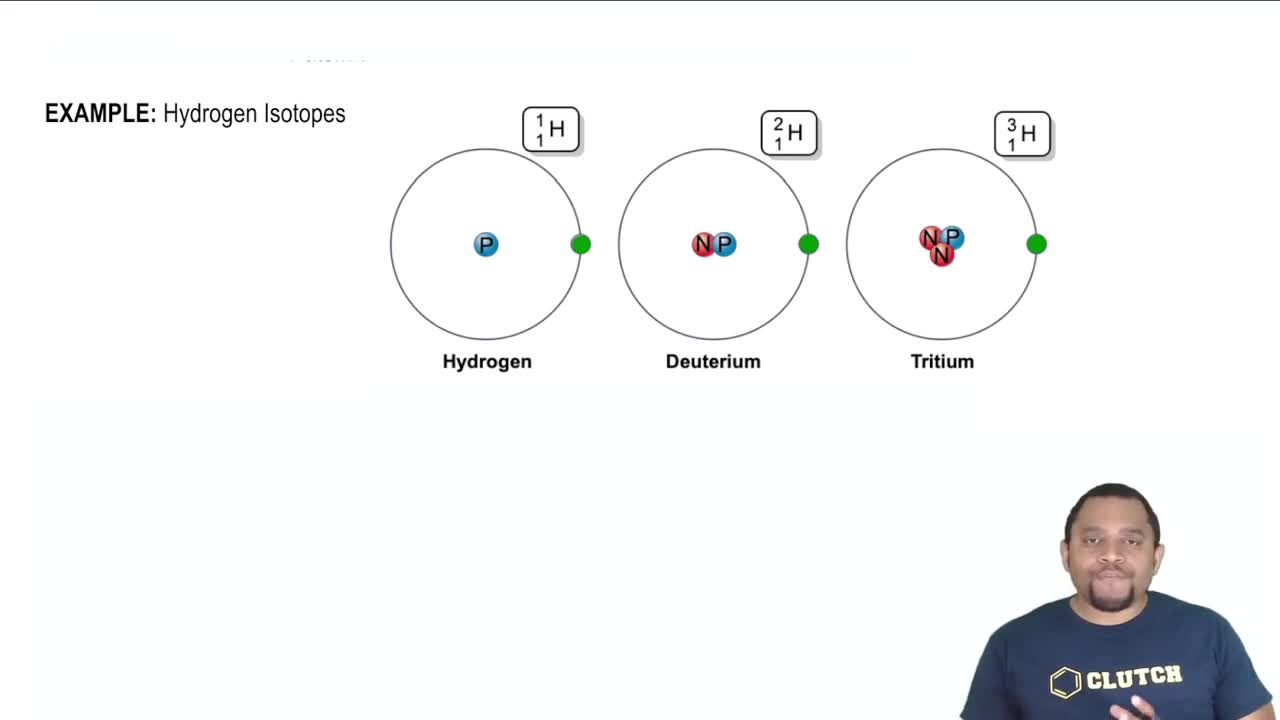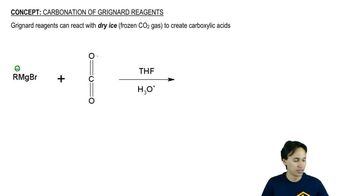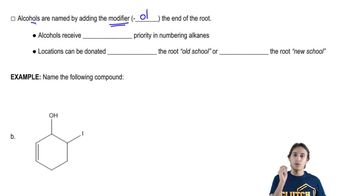Often, compounds can be synthesized by more than one method. Show how this 3° alcohol can be made from the following:
(a) two different ketones
 Verified step by step guidance
Verified step by step guidance Verified video answer for a similar problem:
Verified video answer for a similar problem:



 13:4m
13:4mMaster Reactions of Organometallics with a bite sized video explanation from Johnny
Start learning